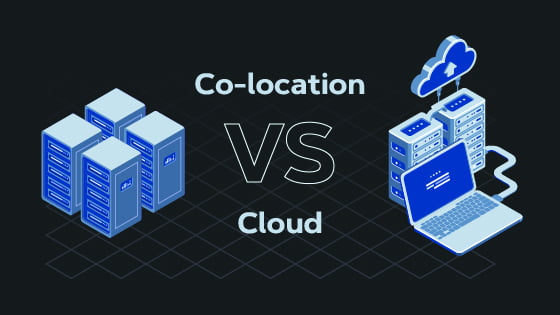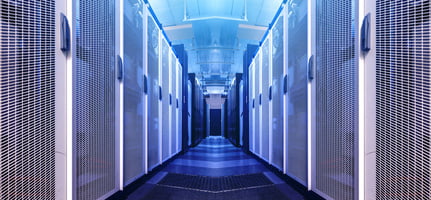Can Cloud Wipe Out Data Centre Entirely?
Change is indeed inevitable, especially in the world of IT. Companies are slowly dropping the idea of setting up a primary data centre. Instead, they are weighing on the option of cloud. Having data centres was once vital for companies to store information and data. The number of data centres worldwide peaked at 8.55 million in 2015. However, it may experience a decrease by 2021. It is expected to decline to 7.2 million, a 15% drop, by 2021. The culprit? The Cloud.
Gartner recently made a bold claim: The data centre is dead. Along with this proclamation, Gartner predicts that 80% of enterprises will have shut down their traditional data centre by 2025, compared to the 10% we see today. Gartner also states that “hybrid cloud is the foundation of digital business” and further estimates that the hybrid cloud market will reach $209 billion in 2019, growing to $317 billion by 2022.
This leads to a dilemma if there is still future for data centre.
Cloud Leading the New Role
The main difference between the cloud and data centre is that a data centre refers to on-premise hardware while the cloud refers to off-premise computing. The cloud stores your data in the public cloud, while a data centre stores your data on your own hardware.
Many businesses are turning to the cloud. In fact, Gartner, Inc. predicts that the worldwide public cloud services market will grow 17.5% in 2019 to total $214.3 billion. For many businesses, utilizing the cloud makes sense. Large enterprise organisations with limited budgets and start-up businesses with a lack of resources may find that the cloud is a good option for them because it gives them immediate capacity without the need for a big upfront investment. Other organisations may find that the cloud is useful for disaster recovery purposes.
With the increasing need for more storage, one big benefit of the cloud is that the transparent infrastructure can be extended when needed. The scalability of the cloud allows organisations to add or reduce capacity as needs change. Because the cloud doesn’t require a big investment in on-premise hardware, it can reduce your total cost of ownership and simplify your environment. Flexibility, ease of use, speed, and agility are all attractive features of the cloud. Another benefit is that the cloud provider takes care of maintenance and management, like software updates.
Integrating Cloud And Data Centre
Many would want to believe that hardware is not required when it comes to cloud storage. However, in actual fact, the hardware has to reside physically in a data centre for the information to be stored. This is more apparent in private cloud storage, where the hardware is dedicated for private usage.
Another reason that justifies the need of integrating cloud and data centre is the convenience. Cloud provides easy access to end users and consumers anywhere, anytime. However, there have been concerns on security and privacy concerns, especially data that is related to personal data. It is infringed of privacy for posting personal data on public cloud.
Thirdly, which is also the most important, is to understand the need of having a cloud or data centre storage. Different applications have their unique requirements to run and not all of them are suitable to be hosted in the cloud. For example, your legacy applications and mission critical applications should be running on your private IT environment instead of the public cloud to minimise the possibility of unauthorized access. It is important to understand the purpose of these applications and how they are used before migrating them over to a public cloud.
Understanding The Different Types Of Data Centres
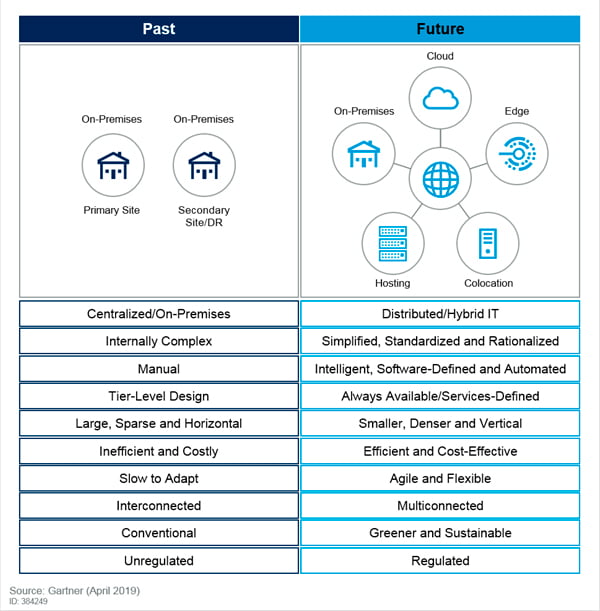
Speed Up Cloud Connectivity Via Extreme Broadband’s Cloud Direct Services
Cloud Direct helps enterprise businesses to stay agile and scalable without the exorbitant of access charges. As a Google Cloud Interconnect Partner, Cloud Direct can assist in establishing a dedicated connection to Google Cloud Platform with EBB Cloud Direct Service. The traffic between customers flow through Extreme Broadband JBIX connect, not through the public Internet. Hence, the connection is fast, secured and produces enterprise grade performance with high availability and SLAs.
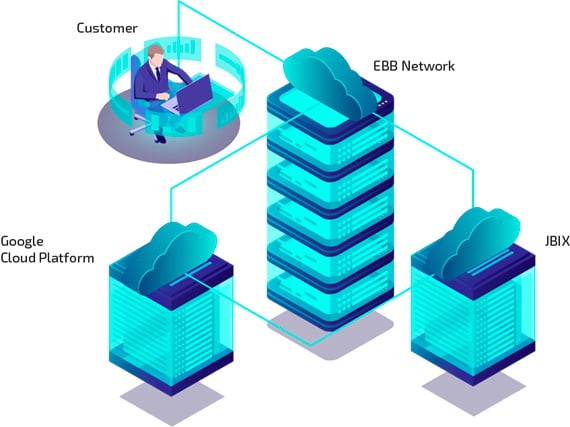
Key Features
- Improve service quality with high availability and SLA to guarantee service performance.
- Delivering values for network enhancement with low latency path.
- Flexibility to scale – improves the deployment, management and reliability of your applications.
- Bandwidth features – available from 10 Mbps to 10 Gbps bandwidth.
Benefits
- Accelerate your cloud business applications via secured link.
- Reduce network latency with fewer disruption.
- Cost efficient and fast provisioning.
- Enhances the end-user Internet experience.
- Customisable and scalable bandwidth capacity at any time required.
- Peering communication without bandwidth bottlenecks or single point of failure.
